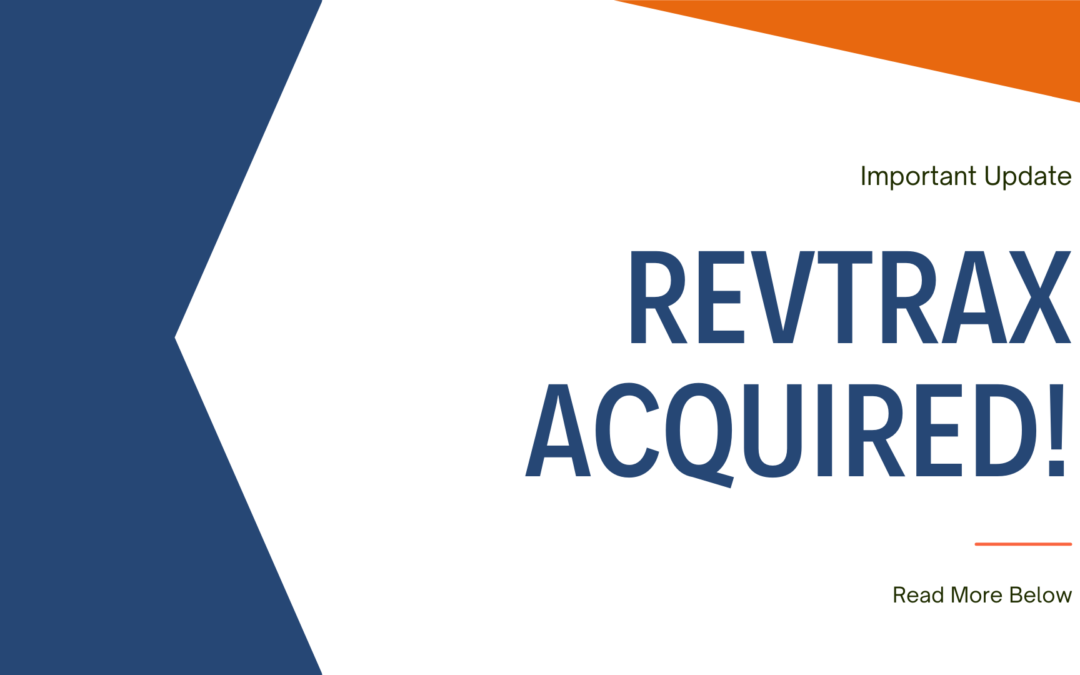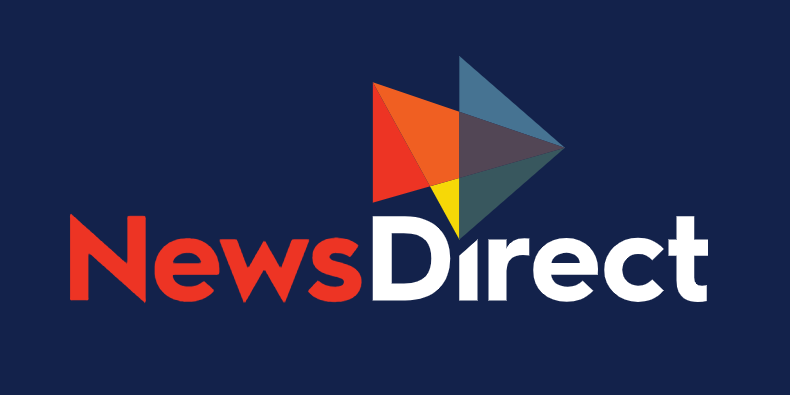Improving the customer experience is one way that companies can set their brand apart while inspiring loyalty in their customers. The Walker Information’s Customer 2020 Survey¹ predicts that by 2020, customer experience (CX) will be the primary competitive differentiator between brands.
This prediction is complicated. How can a firm create an experience that will appeal to a diverse, well-informed customer base, when consumers are always connected, and able to do comparative research on similar products with a simple web search?
Drive up to 200% retail growth: Download the Staples case study
The answer lies in data analytics. By using carefully acquired and curated data, a company can obtain information regarding consumer behavior and preferences down to the individual customer level. This data can then be applied to create multi-channel, one-to-one marketing campaigns that includes a unique, personalized customer experience, crafted to appeal to a specific consumer.
Data analytics, when applied properly, can help you to:
1. Provide the right offer at the right time to the right person.
Marketing executives have been using targeted marketing for decades. Dividing up the total potential customer base into demographic segments, and focusing on those that are most likely to become customers, allows a marketing manager to devise a campaign for the most significant impact. Personalization, then, would be the next step – using data insights to determine the specific offer that would most appeal to an individual consumer, and making that offer at the correct moment in the path-to-purchase. The company that can make a data-driven, personalized promotion or offer at the right moment holds a significant competitive advantage in improving the consumer brand experience.
2. Learn about customer needs in real time.
The modern consumer not only expects an excellent customer service experience, they expect that it will be comprehensive, personal, and immediate. To provide a superior experience, a firm must have data that is accurate and updated, available in real or near-real time. Real-time data lets you monitor trends and predict consumer behaviors and concerns so that you can be prepared to address upcoming issues. It can also help you to keep an eye on social media trends, to control the types of information posted about your brand on customer social media accounts.
3. Use behavioral economics to drive decision making.
Behavioral economics combines principles of economics and psychology, to explain decisions that are made contrary to the economic model of the rational consumer. Behavioral economists estimate² that only 30% of purchase decisions are fully rational, leaving 70% that are influenced by emotion. With the correct data, a company can find the customer touch points when the potential for influence is the highest and target marketing efforts to those points.
4. Multi-Channel Marketing.
Ensuring that the brand message is consistent across multiple channels is important, however, tailoring the message to the channel is important, too. Consumers expect a different approach on Instagram, which is visual and influencer-driven than they do on Twitter, where engaging, humorous, conversational approaches are most expected. Data analytics can provide you with the insight needed to build a comprehensive campaign that presents a consistent brand across many different channels.
5. Leverage the power of social media.
68% of the total population of adults in the U.S. have accounts on Facebook³; Snapchat has 161 million daily active users, and 59% of 18-29-year-olds are on Instagram. The impact of social media and the potential it holds to reach an enormous customer base is astounding and of growing importance to marketing executives in companies of all sizes. More than 50% of marketers who have incorporated social media in marketing campaigns have reported improved sales, 75% reported increased traffic, and 90% reported increased exposure for their business. Data analytics can tell you where your target customer is likely to interact with your brand, what type of creative and price offers will best appeal to them, and help you to measure customer acquisition, engagement, and marketing ROI.
A data-driven customer experience provides benefits to customers and to the companies gathering, curating, and applying that data. While the customer receives a personalized, superb service experience, the organization can also benefit from improved decision-making, better insights, increased efficiency, and improved ROI.
Learn how to get the most out of your digital CPG promotions — download the noosa case study and see smart consumer insights at work.




